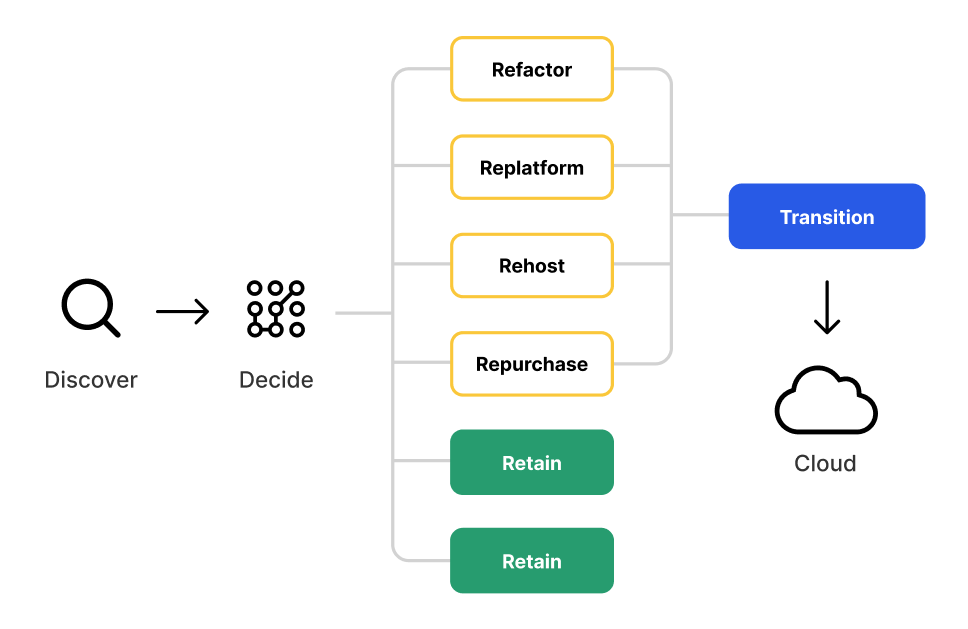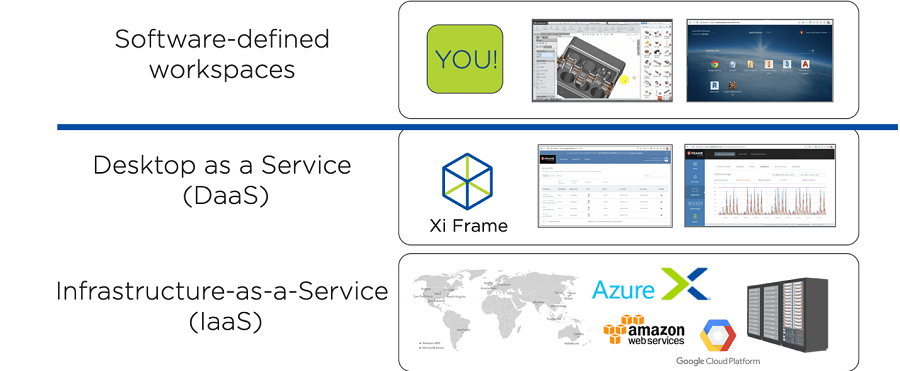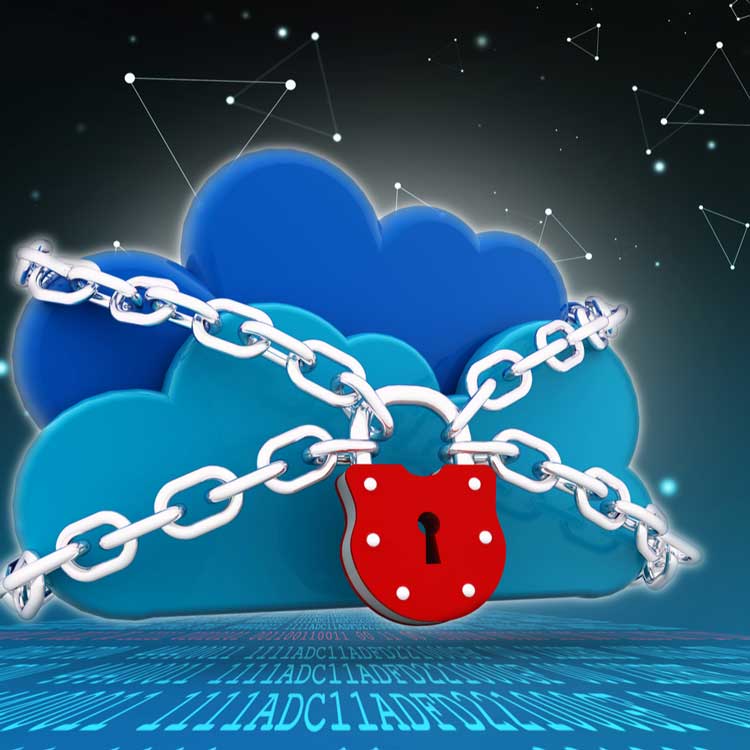Multicloud is here to stay.
That’s the one-line summary of the fourth annual Enterprise Cloud Index report released by Nutanix in 2021.
To elaborate, multicloud – an IT environment that combines multiple public or private cloud systems – is the most commonly deployed infrastructure in the enterprise. It is also the only operating model on an upward adoption trajectory, which clearly means enterprises prefer a multicloud model over other forms of IT architecture.
The cloud is becoming ubiquitous outside the enterprise too. Research from MarketsandMarkets estimates the global cloud computing market will be worth nearly a trillion dollars by 2026 on the back of increasing cloud adoption owing to the radical shift to work from home in the wake of the pandemic.
Cloud adoption was already picking up speed even before the pandemic as cloud vendors overcame compute and storage hardware problems to turn infrastructure into a commodity.
“Over the next 10-15 years we can expect cloud computing to quickly evolve, and become so ubiquitous, that the concepts we label as ‘cloud’ will simply be known as ‘computing,’ mused Dennis Allio, CEO of Workstate, on the future of cloud computing. “The real future of cloud will be easy access and consumption of any data and services in the cloud.”
Needless to say, cloud migration comes with its fair share of challenges – it’s vital to choose the right cloud solutions that maximize operational capability and employee productivity.
“When it comes to cloud adoption, the biggest challenge isn’t technology, it's the people and processes that must change and adapt,” said Tyler Shields, CMO of JupiterOne.” This takes time, limiting the effectiveness of cloud adoption. Younger companies and those with tech innovation test centers will make this transition easier. The biggest enterprises will have a long tail of transition when it comes to full cloud adoption.”
It’s important to look at the “people” part of the cloud equation, what challenges the “processes” and “technology” parts pose to their performance and productivity, and how they can overcome these challenges with better processes, technology as well as mindset.
1. The price of change
Migrating routine workloads to the cloud brings fundamental but far-reaching change in the way employees carry out their everyday tasks. While some (the IT department) might need to be involved in rewriting code and reconfiguring systems for the cloud, most will need to skill up for new systems and applications that will be central to operations after the migration.

Source: Imperva
All this extra work might lead to resentment in employees resistant to change.
In the early days, there could be a lot of issues – such as latency, lack of interoperability, and inaccurate inputs – that skirt the lines between technology, processes, and people. This might lead to a lot of internal finger pointing too.
Well laid (and executed) change management plans help minimize the disruption to business during and just after migrating a legacy IT operational model to the cloud.
“The same as any big IT project, the biggest challenge is often the change in management,” said Michael Ringman, CIO of TELUS International. “You need to be sure to help your organization through the change, that the requirements you obtain throughout the migration are real and that they have actionable results across your entire business.”
2. Insufficient skills
Lack of cloud computing skills hinder optimum performance in two ways. One, not knowing what to do – cloud computing is still opening up new user interfaces and apps that work quite differently from traditional software. Cloud apps and services might not be intuitive to employees used to legacy technology. Depending on factors like age and experience in technology, employees can run into different kinds of barriers while working in a cloud environment. It’s imperative for all companies adopting a cloud ecosystem to train and re-train their employees for the specific models and platforms that they deploy.
Another is the learning curve that IT admins and system integrators face while deploying the new cloud environment. Fresh cloud setups are frequently found to be unstable or not running to their full capacity due to insufficient or improperly allocated resources. This is especially true for infrastructure services.
Gartner reported that through 2022, insufficient cloud IaaS skills stand to delay the cloud migration plans of 50% of all enterprise organizations by two years or more. There is a dearth of skilled cloud professionals who can set up and build native cloud apps and platforms. As a result, present-day cloud migration strategies lean more towards “lift-and-shift” than modernization or refactoring.
3. Over-reliance on the cloud
At the other end of the skill spectrum, a different problem lurks. While cloud solutions have given remote employees, contractors and consultants instant and real-time access to mission-critical data, there is the danger of over-reliance on the technology as well as frustration caused by lack of access.
A study by the Kellogg School of Management at Northwestern University went as far as to suggest that employees who use cloud computing more frequently leave their companies sooner than those that don’t. These employees rely more on the cloud for accessing company data and applications and consequently experience withdrawal symptoms when not accessing it.
The problem of access is solved in most cases by providing reliable, high-bandwidth internet connections to employees. As for burnout or loss of interest, time management skills are the need of the hour. Workers need to pace their work, find ways to motivate themselves, keep their daily work routines interesting, and strive for work-life balance overall.
4. VPN and other legacy connection methods
Connecting to a Virtual Private Network (VPN) and staying connected has been one of the biggest headaches for employees since the pre-cloud era. Post-cloud, it is no different – connecting and reconnecting to unstable VPNs or those with insufficient bandwidth is a pain that frustrates employees faster than anything else. Working over a slow or unreliable connection is one of the biggest direct causes of productivity and performance issues.
Many cloud solutions offer persistent connections to overcome typical VPN limitations but these are akin to faster horses. Desktop as a Service (DaaS) is a viable, cloud-based alternative to traditional VPNs and virtual desktop infrastructure (VDI) setups. DaaS gives employees the freedom to log into the company network using commodity PC hardware. With just an internet connection and a browser, employees get anytime, anywhere and secure access to the company’s network.

5. Inadequate understanding of security
Security is easily the most significant challenge of a cloud deployment. Lack of security might result in the company’s core data being compromised – it could go out of business within the blink of an eye. Too much security could hinder smooth operations and leave employees complaining at best and circumventing policies at worst.
“The cloud can be as secure, or insecure, as any traditional IT infrastructure,” Doug Howard, CEO of Pondurance cautioned.
Some of the biggest data breaches in history occurred due to data access controls not being applied equally across all cloud services and components. Whether the organization runs a private, public, multicloud or hybrid infrastructure, the key is to standardize security controls across the entire IT environment. Some steps an organization can take to beef up cloud security include.
- Identify the most critical cloud applications, data, and cloud platforms and servers on which these data and apps reside.
- Define the users and services that can access these data and applications. Give them as granular permissions as possible on a “least privileged” basis.
- Re-authenticate for every session and use multifactor authentication.
- Understand that public cloud security is a shared responsibility between the vendor and the customer.
- Unify the control and management plane across all public, private and hybrid cloud environments.
6. Vendor lock-in
Vendor lock-in is a serious problem that affects team members’ ability to complete their tasks and limits their flexibility and performance. While top cloud providers Microsoft, Amazon and Google all have systems that enable pretty much any workload under the sun, workers might be constrained by the limitations in the architecture of platforms and infrastructure that these companies offer.
Cloud vendors offering applications, databases, containers, virtualization services, storage solutions, all try and lock in customers to their proprietary systems for the maximum amount of time until a significant market disruption comes along. Deploying cloud-native applications on hyperconverged infrastructure (HCI) is one way organizations can avoid vendor lock-in while leveraging cloud technology fully.
A strategy to meet all challenges
The reasons to migrate to the cloud are numerous – smoother operations, more productivity, cost savings, flexibility, better applications, and digital transformation. Yet, many organizations forget that business objectives must dictate IT infrastructure, not the other way round. A clearly defined cloud strategy will go a long way towards easing employees’ daily struggle with the processes and technology that underlie complex cloud deployments.
Failing to plan is planning to fail holds true in the cloud too.
“Ultimately, the cloud is the latest example of Schumpeterian creative destruction: creating wealth for those who exploit it and leading to the demise of those that don’t,” wrote Joe Weinman in his book Cloudonomics: The Business Value of Cloud Computing.
Featured image: Pxfuel
Dipti Parmar is a marketing consultant and contributing writer to Nutanix. She’s a columnist for major tech and business publications such as IDG’s CIO.com, Adobe’s CMO.com, Entrepreneur Mag, and Inc. Follow Dipti on Twitter @dipTparmar or connect with her on LinkedIn for little specks of gold-dust-insights.
© 2022 Nutanix, Inc. All rights reserved. For additional legal information, please go here.






